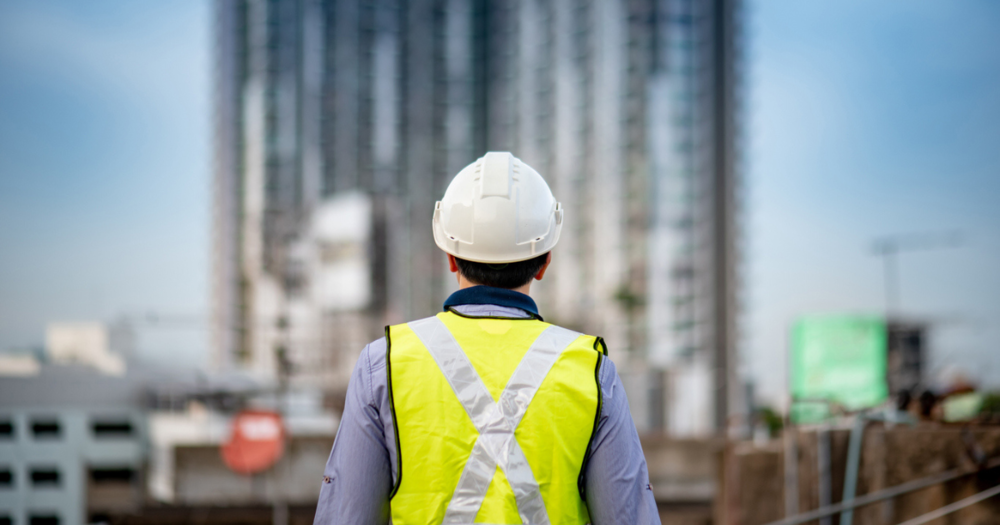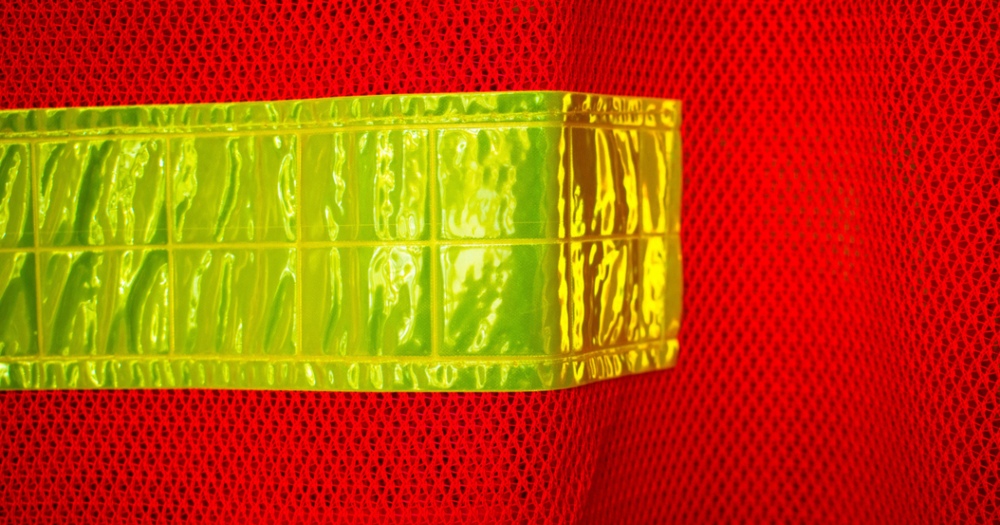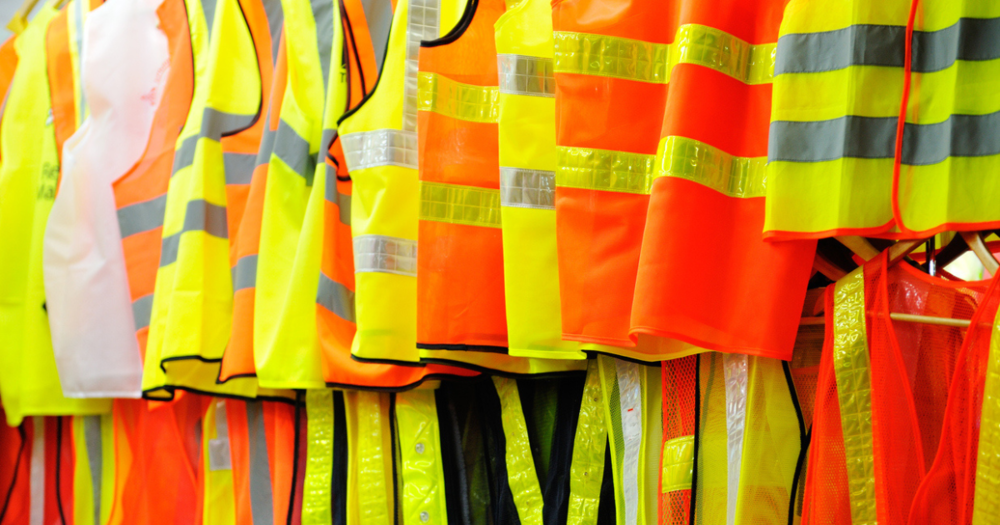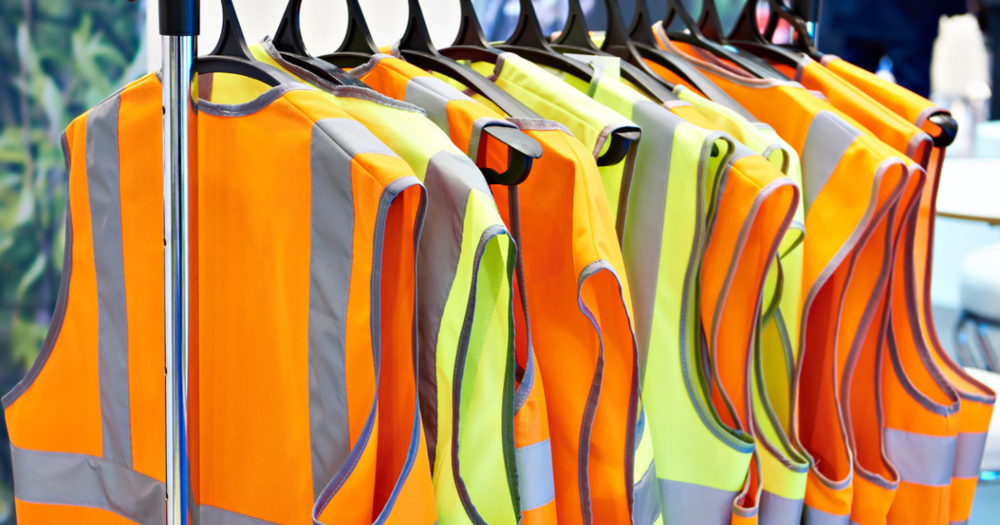
In the world of safety apparel, the distinctions between Class II and Class III high-visibility gear can make all the difference. Designed to keep workers visible and protected in various environments, understanding these classifications is essential. Dive in as we shed light on the specifics and nuances of these vital safety standards.
In the fast-paced world of construction sites, busy roadways, and bustling industrial settings, ensuring the safety of workers becomes critical. One of the most straightforward yet effective measures to enhance this safety is the use of high visibility (hi-vis) clothing. Here's why this gear plays such an indispensable role:
The primary purpose of hi-vis clothing is right in the name. Whether it's the neon yellow of a safety vest or the reflective strips on a jacket, this gear ensures that workers stand out, even in low-light conditions or against complex backgrounds.
Many workplace accidents, especially in environments with heavy machinery or vehicular traffic, occur due to visibility issues. By donning hi-vis clothing, workers can significantly reduce the risk of being inadvertently struck or injured.
In many regions and industries, the use of hi-vis clothing is not just a safety recommendation but a legal requirement. Regulations often stipulate the type and class of hi-vis gear required, underscoring its importance.
Beyond individual safety, hi-vis clothing helps teams stay cohesive. In busy environments, being able to quickly spot a colleague can improve efficiency and coordination.
Hi-vis gear isn't one-size-fits-all. Whether it's a rainy, foggy morning or a nighttime operation under limited lighting, there are specific types of hi-vis clothing designed to address varied conditions, ensuring workers remain visible.

High visibility clothing is specially designed safety apparel made of brightly colored materials, often combined with retro reflective stripes or patterns. The primary aim is to ensure the wearer is easily noticeable in varied light conditions and backgrounds.
Each piece of high-vis clothing is meticulously designed for specific environments, tasks, and conditions. Let's explore the varied world of hi-vis gear:
Hi-vis vests are the quick grab-and-go solution for many professionals. Whether it's for short-term tasks, unexpected site visits, or when you need an extra layer of visibility over your regular attire, these vests are up for the job.
Apart from their vibrant colors, these vests are typically lightweight, making them effortless to put on or take off. Plus, many come equipped with functional pockets or loops, handy for keeping essential tools within arm's reach.
From the road workers directing traffic to event staff managing large crowds, these vests are a ubiquitous sight, signaling safety and vigilance.
When the temperature drops or the rain starts pouring, hi-vis jackets come to the rescue. They offer the dual benefit of keeping the wearer warm and dry while ensuring they stand out in low-visibility conditions.
These jackets aren't just about visibility. With features like waterproofing and insulating layers, they're ready for challenging environments.
These jackets are perfect for the road worker during a chilly autumn night or the construction site manager overseeing work in the rain. They trust these jackets to keep them visible and protected.
When the sun's blazing, and the temperature soars, hi-vis shirts and t-shirts become the attire of choice. They combine safety with comfort, ensuring workers remain cool.
Crafted with breathable materials, these shirts offer ventilation while their reflective bands catch and reflect light, amplifying visibility.
They are commonly worn by warehouse workers maneuvering forklifts, road workers under the summer sun, or construction teams on a hot day.
In situations where a worker's upper body might be obscured, hi-vis pants ensure their lower half remains visible. With reflective bands strategically placed around the legs and sometimes weatherproofing, these pants are both functional and protective.
These pants are ideal for those stationed around moving vehicles or machinery, be it at loading docks, airports, or industrial sites.
A hi-vis hat or cap might seem like a small addition, but in vast open spaces or bright environments, they can make a significant difference. While their bright hues catch the eye, some hats also offer protection against the sun or minor impacts.
They are often seen on agricultural workers tending to expensive fields, miners in open-pit operations, or any professional in an open setting looking for that extra touch of visibility.

Depending on the level of risk and the specifics of the working environment, different classifications of High Vis gear are available. Understanding the distinction between Class II and Class II can be the difference between adequate and optimal safety.
High visibility gear is vital for ensuring safety, but not all high-vis gear is created equal. Whether you're a land surveyor working on an active construction site or an industrial worker navigating a bustling manufacturing floor, selecting the right type of high-vis clothing can be the difference between being seen and facing potential hazards. Here are some tips to consider:
If you're going to be wearing your high-vis gear for extended periods, comfort becomes crucial. Look for breathable fabrics, adjustable features, and a proper fit to ensure you remain comfortable throughout your shift.
For colder climates or night work, consider high-vis gear with added insulation or wind-breaking features. In contrast, if you're working in warmer climates, look for gear made of breathable, moisture-wicking materials.
Pockets, loops, or added reflectors might be beneficial depending on your job requirements. For instance, land surveyors might need pockets for tools or maps, while industrial workers might benefit from loops to attach ID badges or keycards.

Ensuring safety on the job hinges on the fine details of the gear we choose. By understanding the nuances between Class II and Class III high-visibility clothing, we empower ourselves to make informed decisions that prioritize protection and compliance. Stay safe and stay visible.